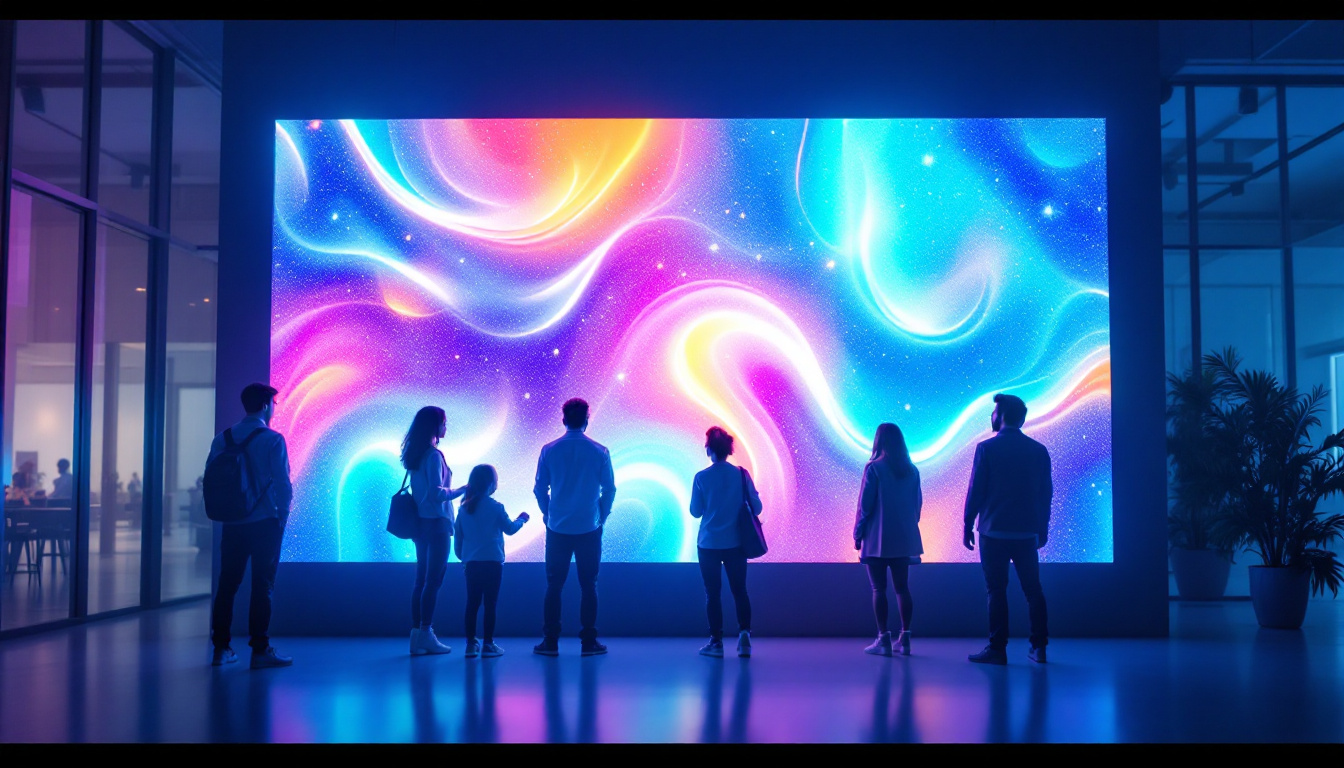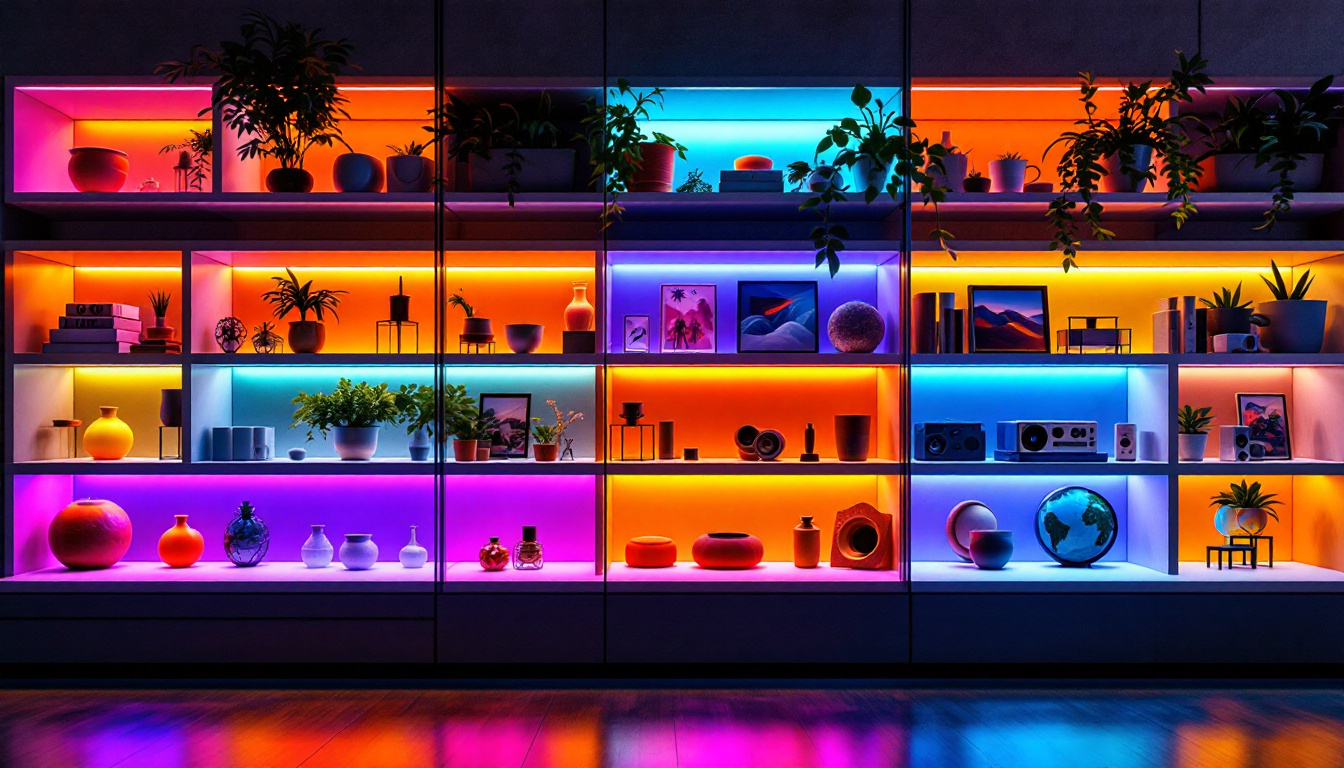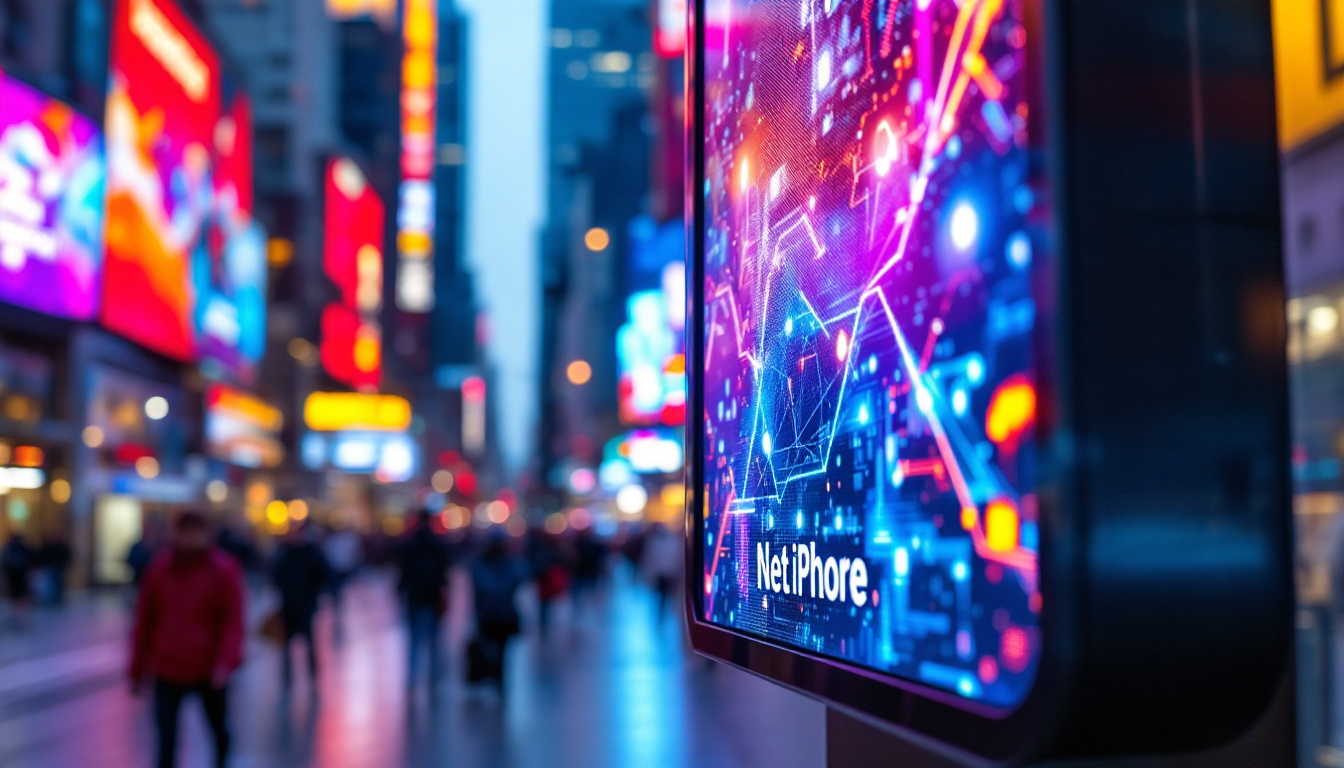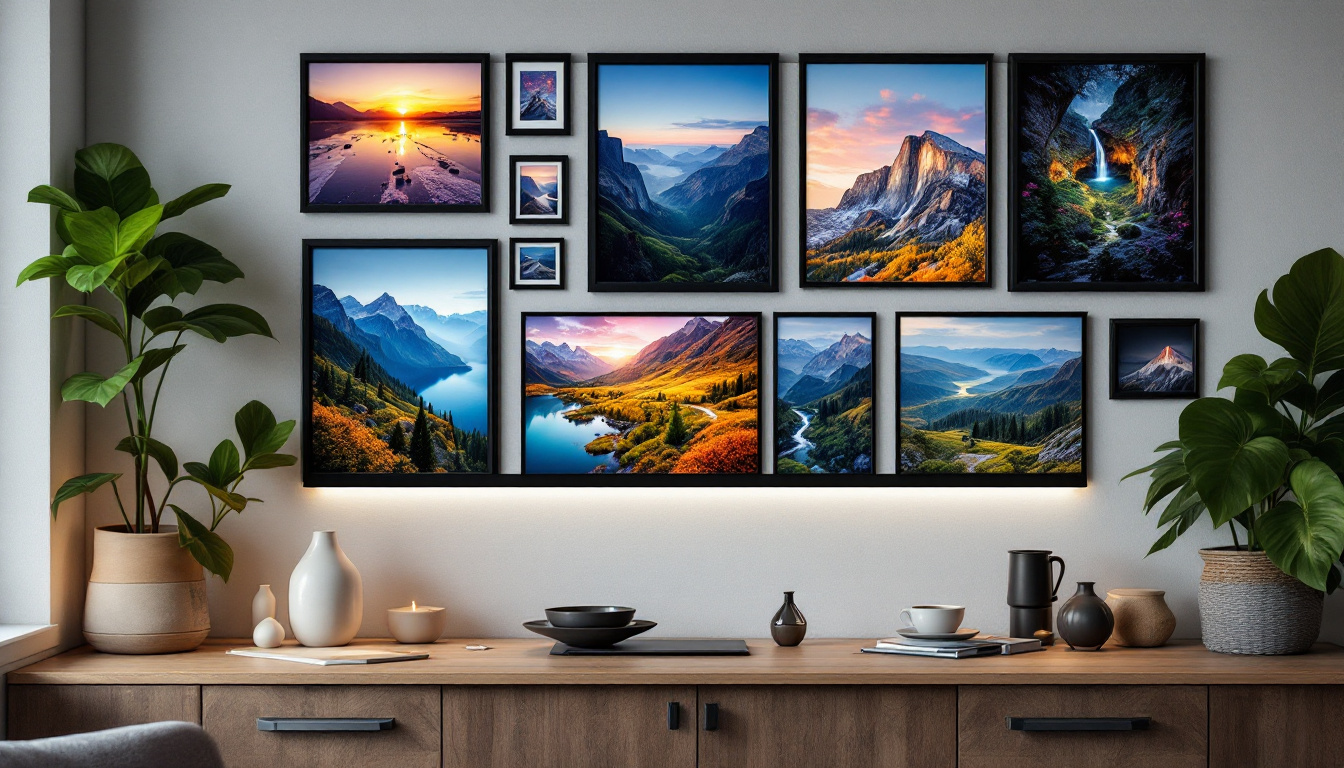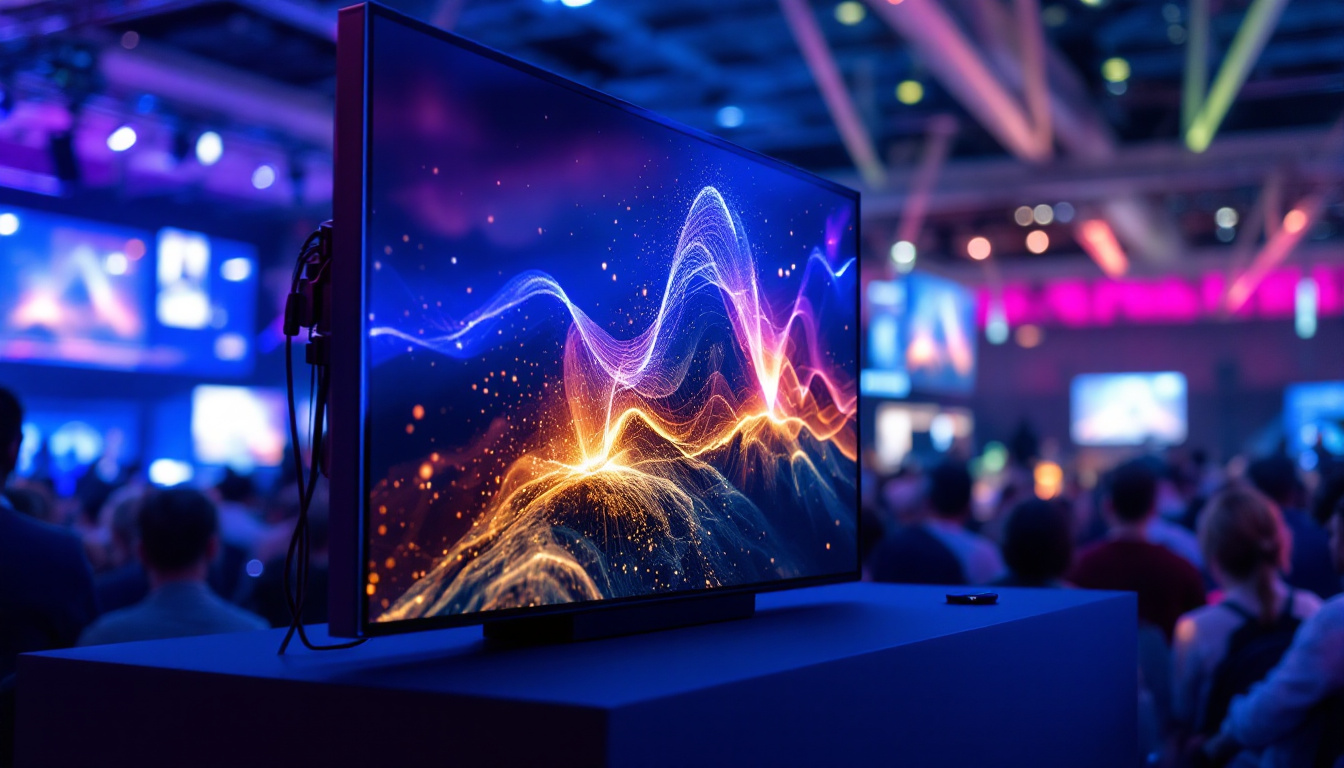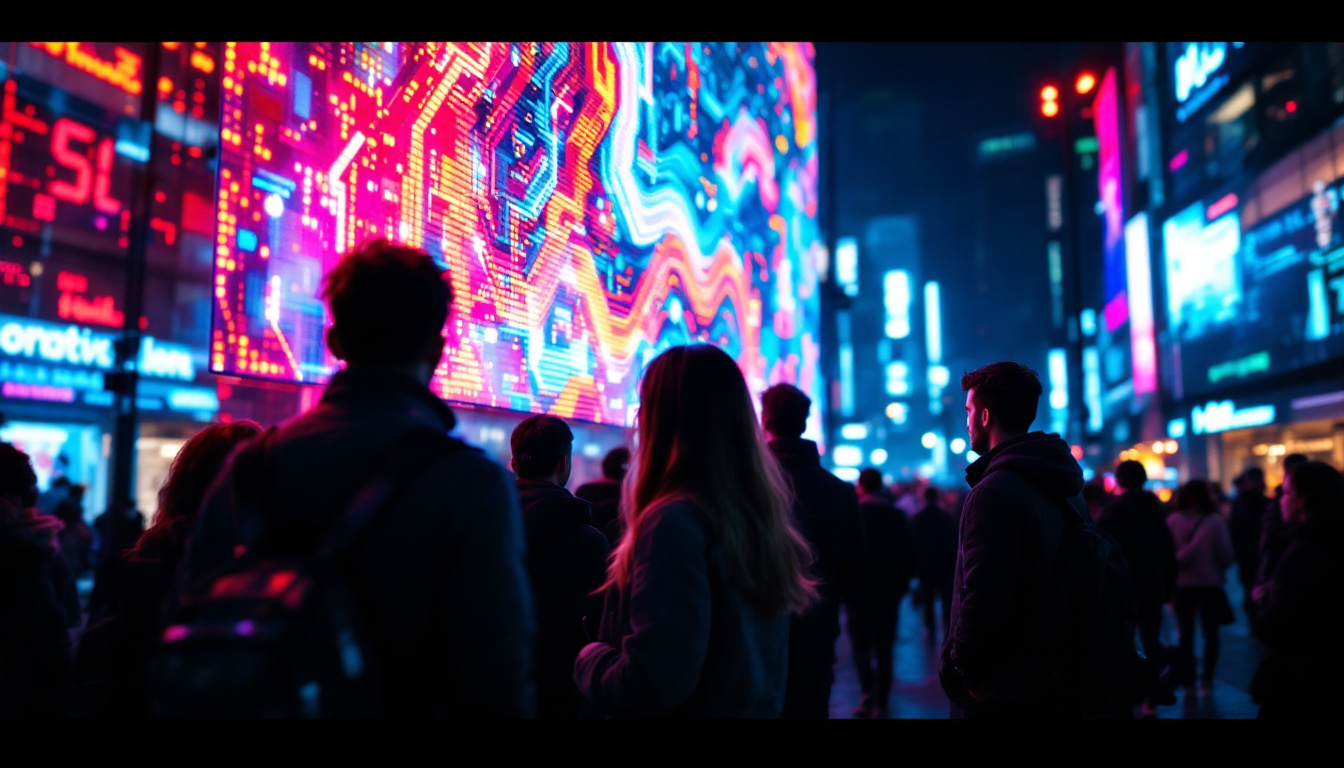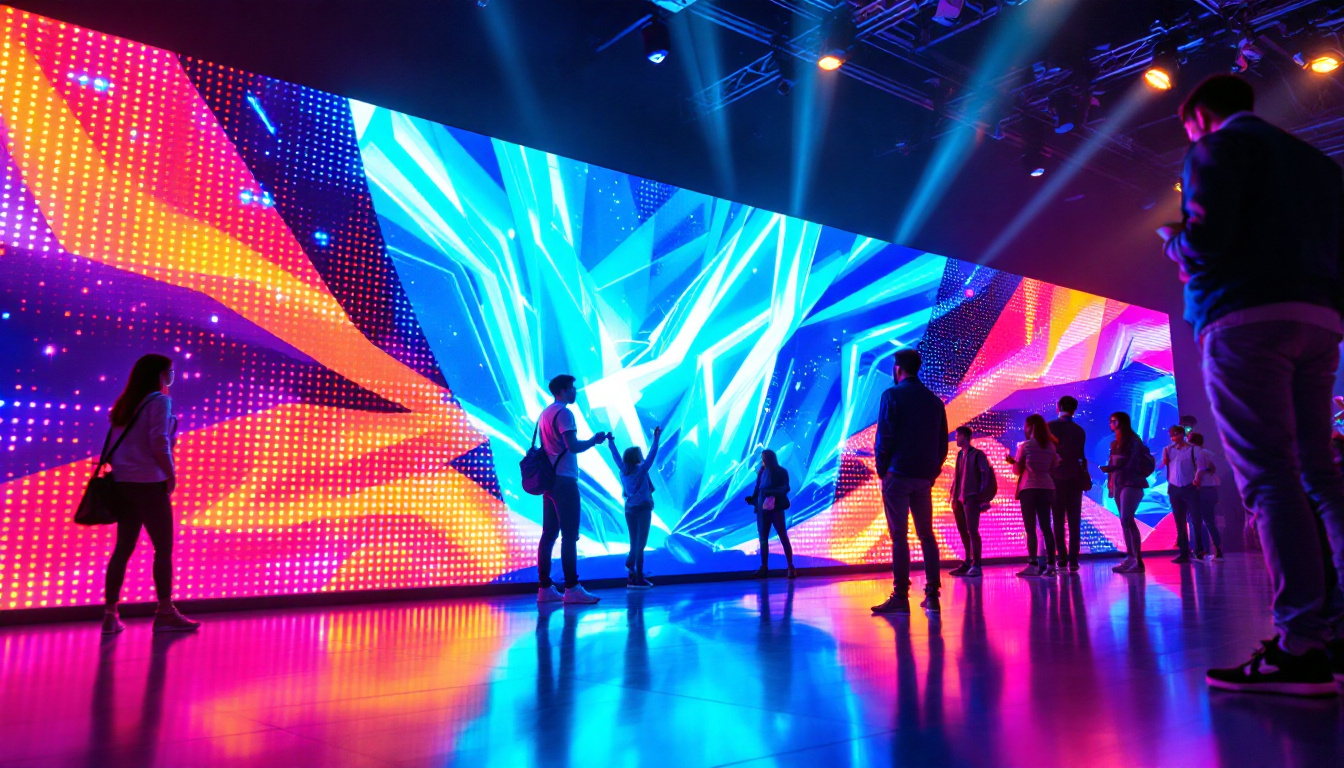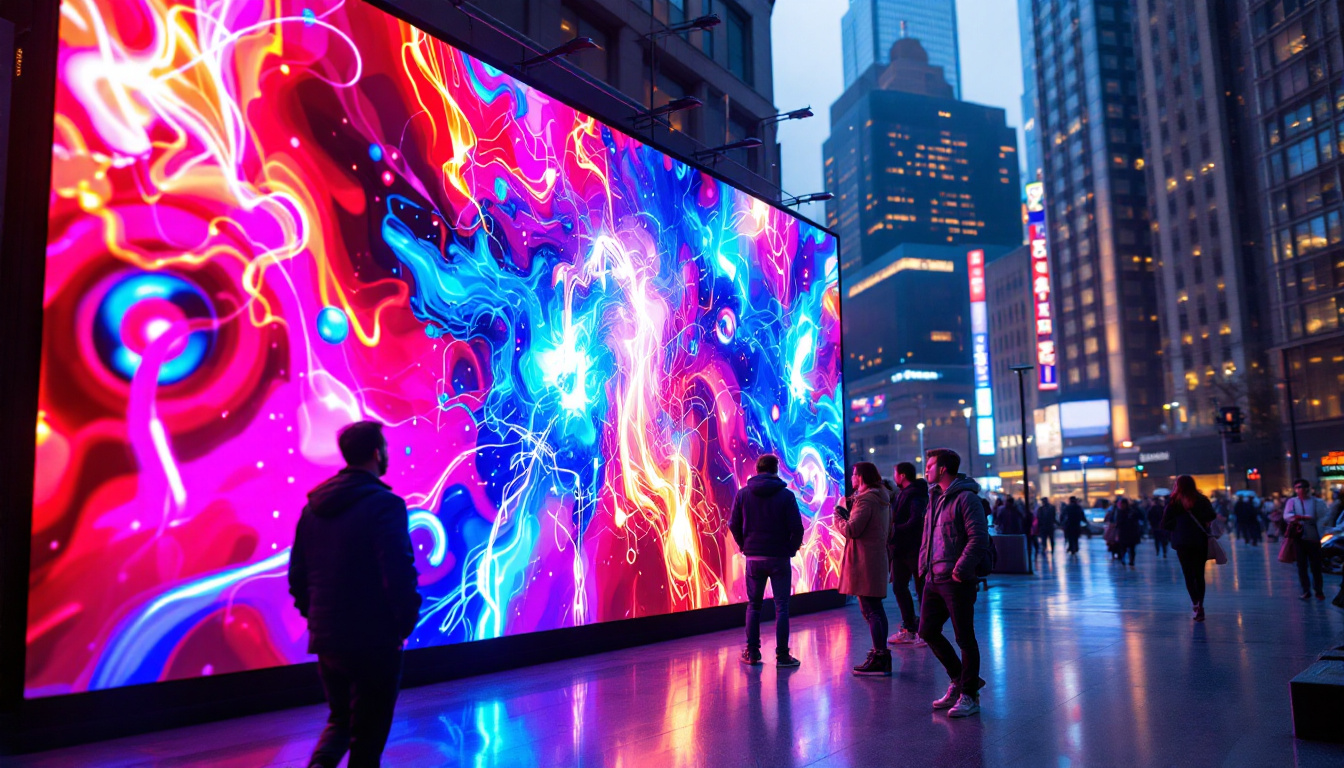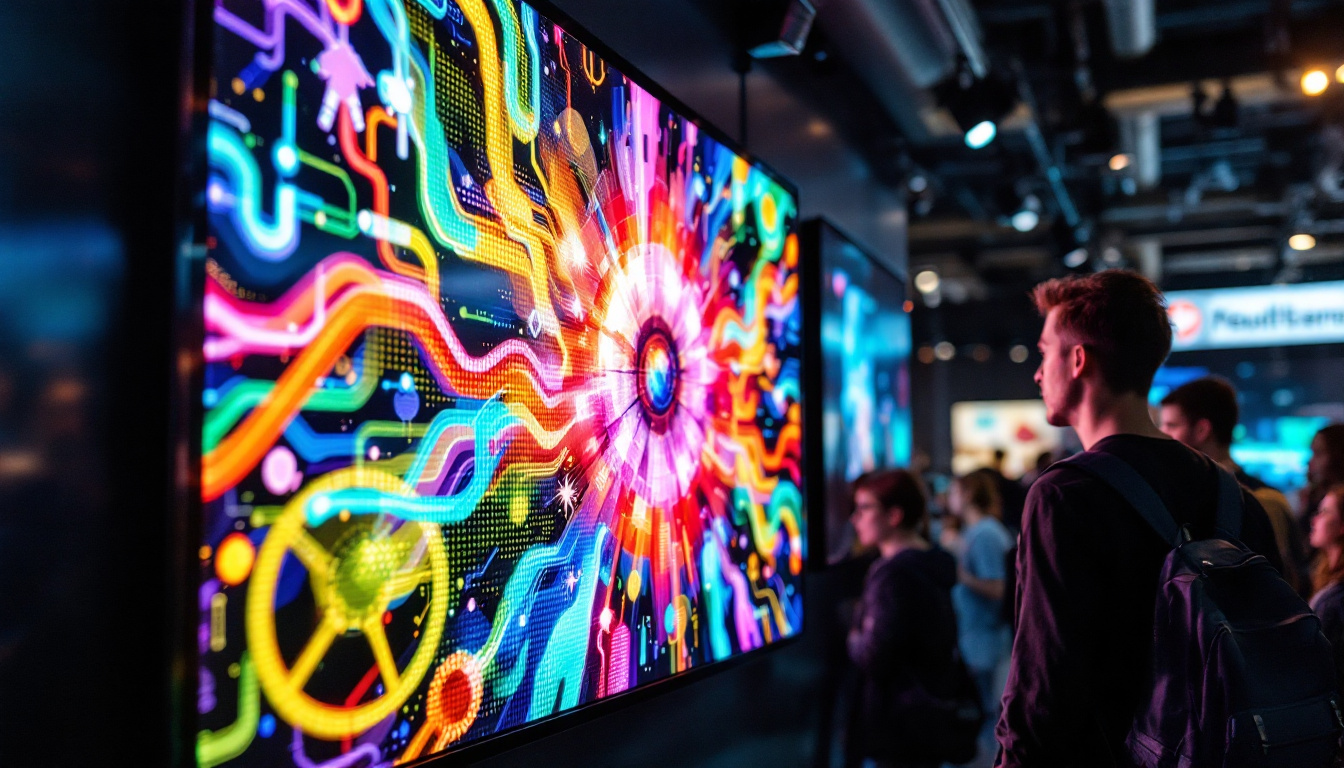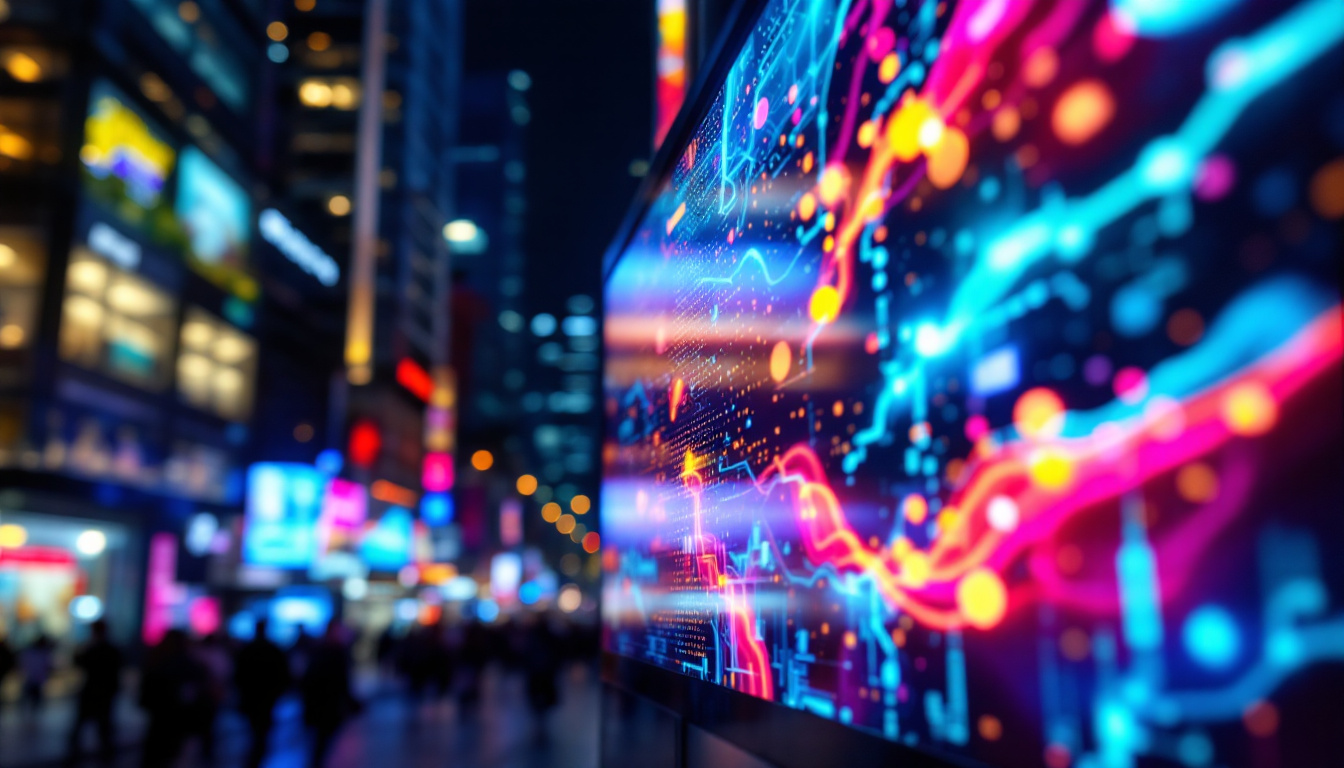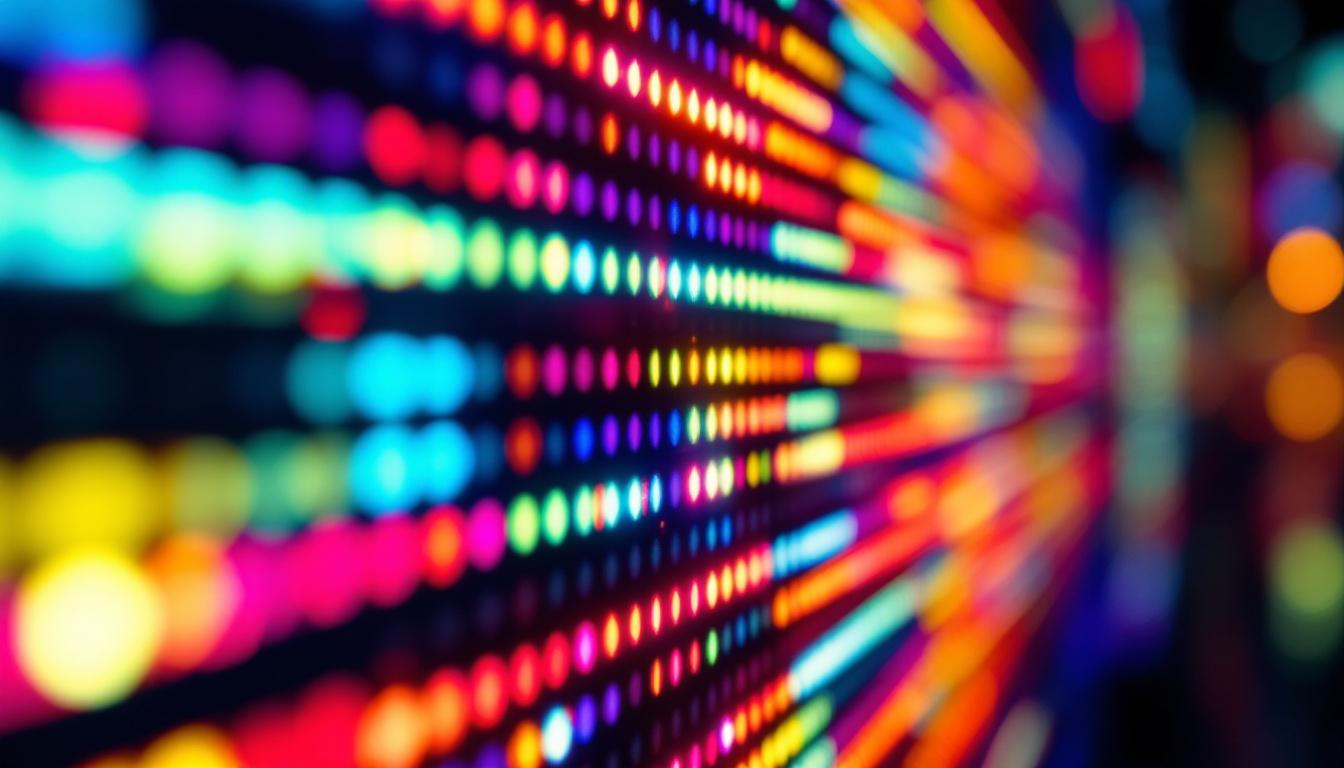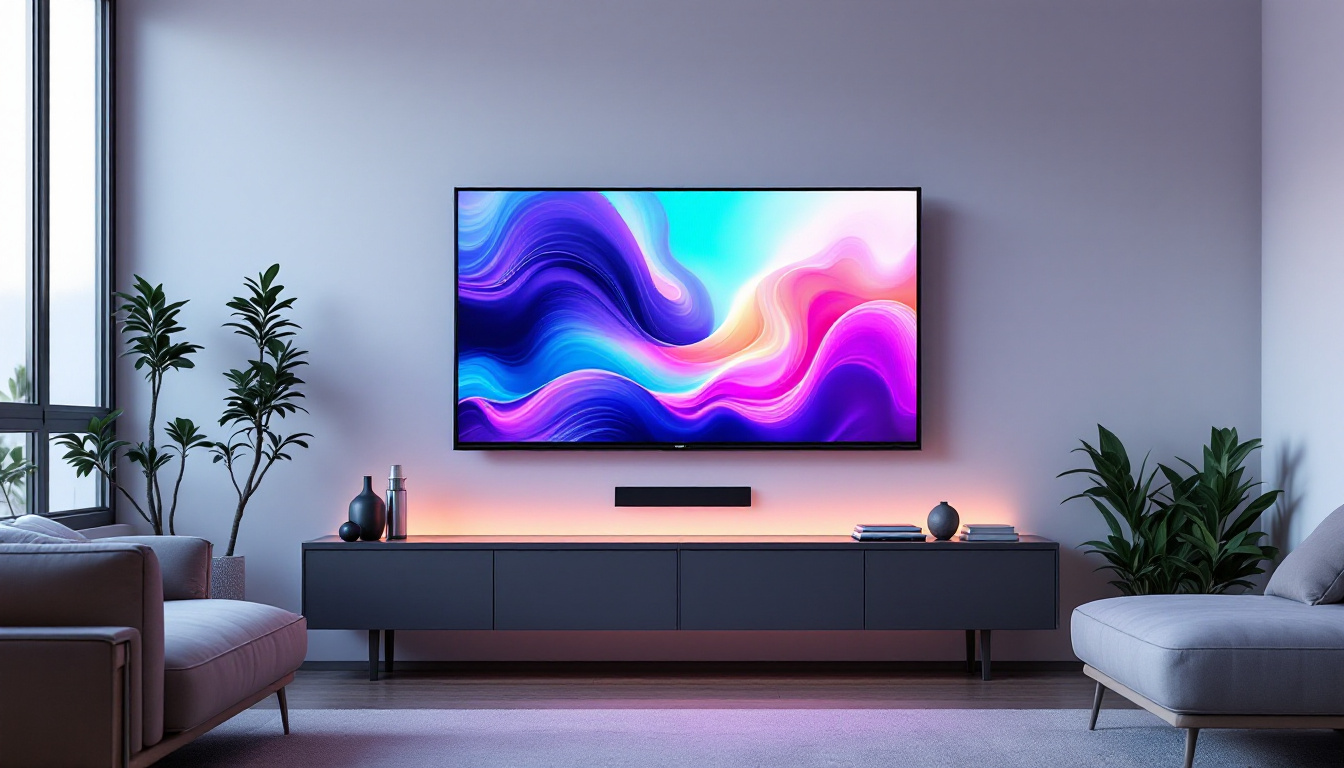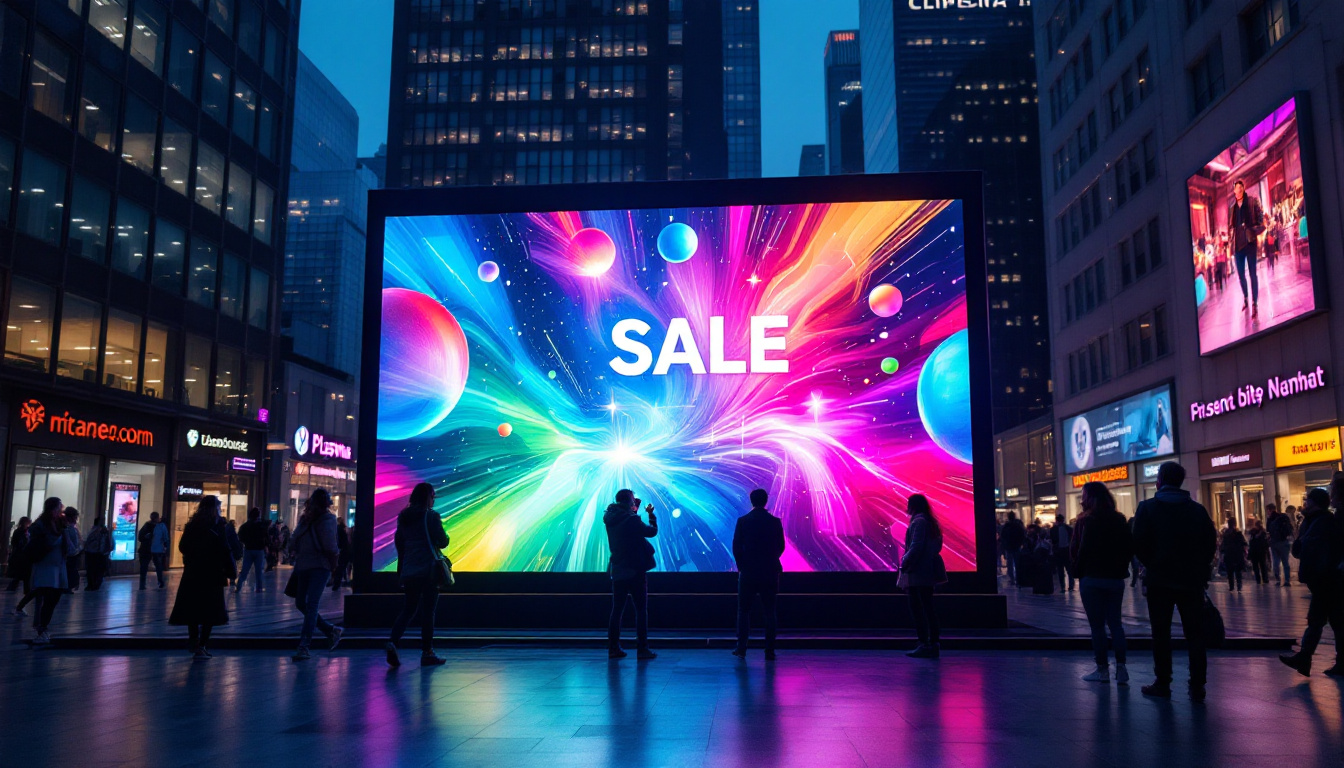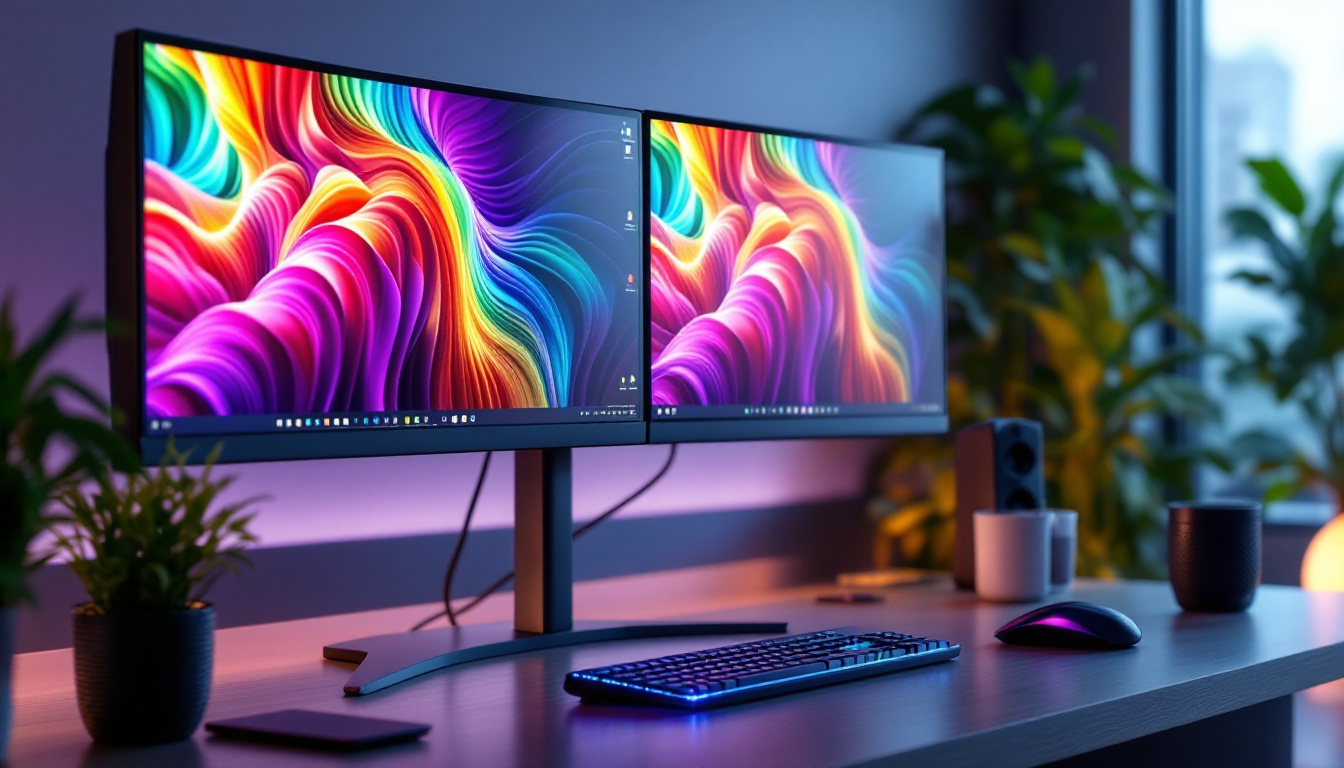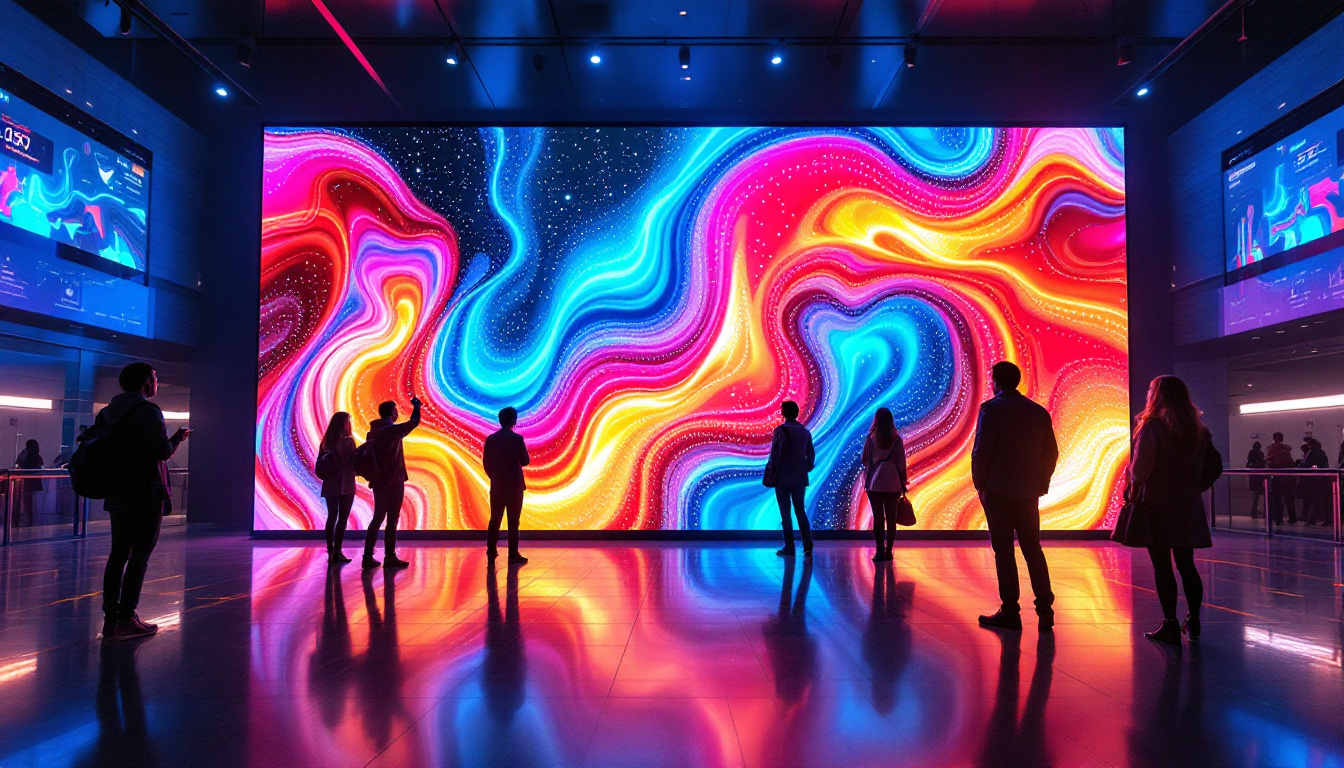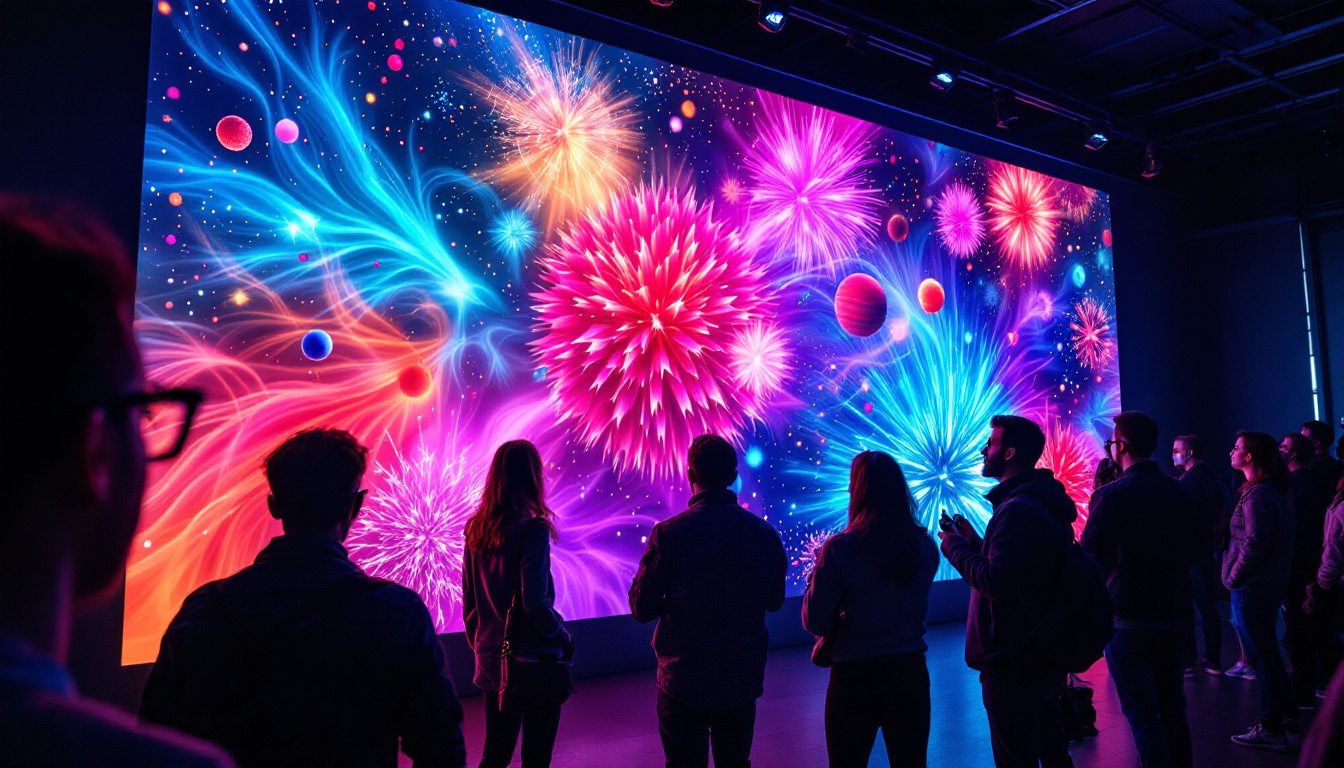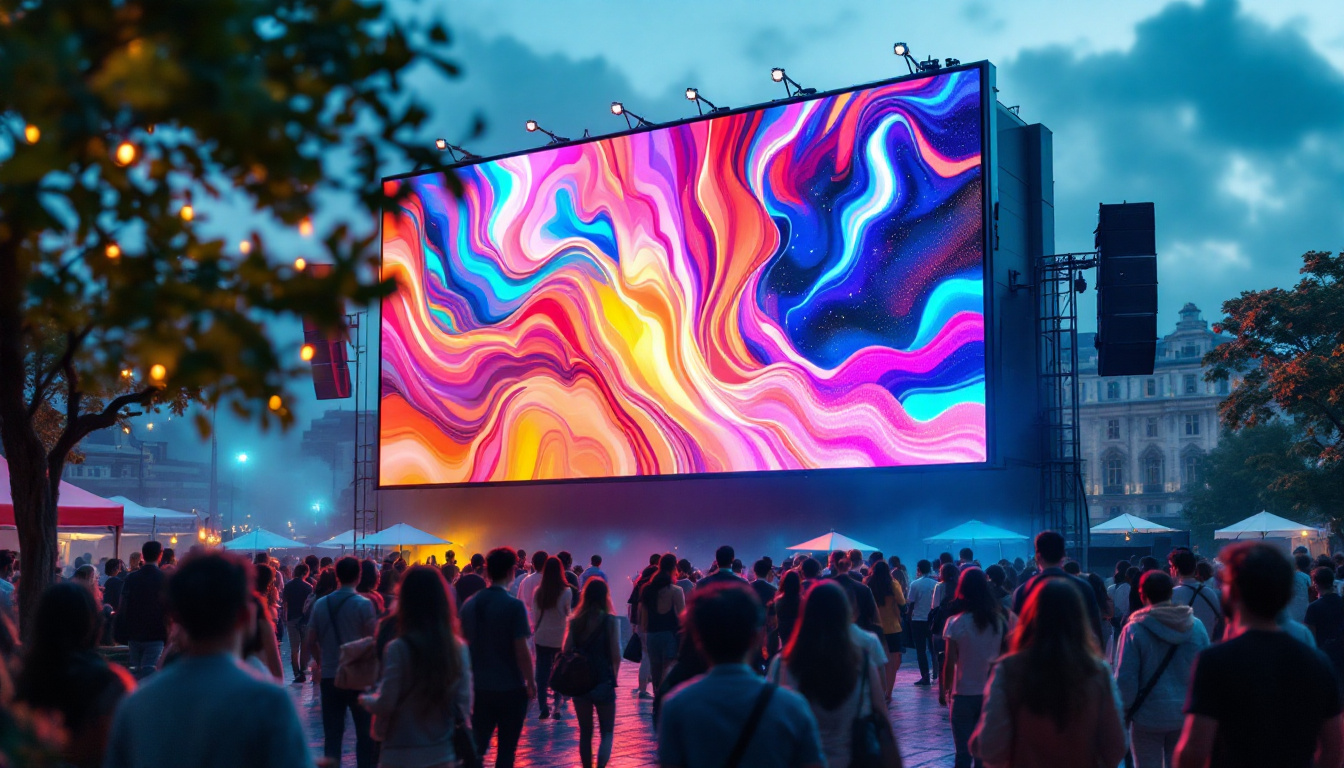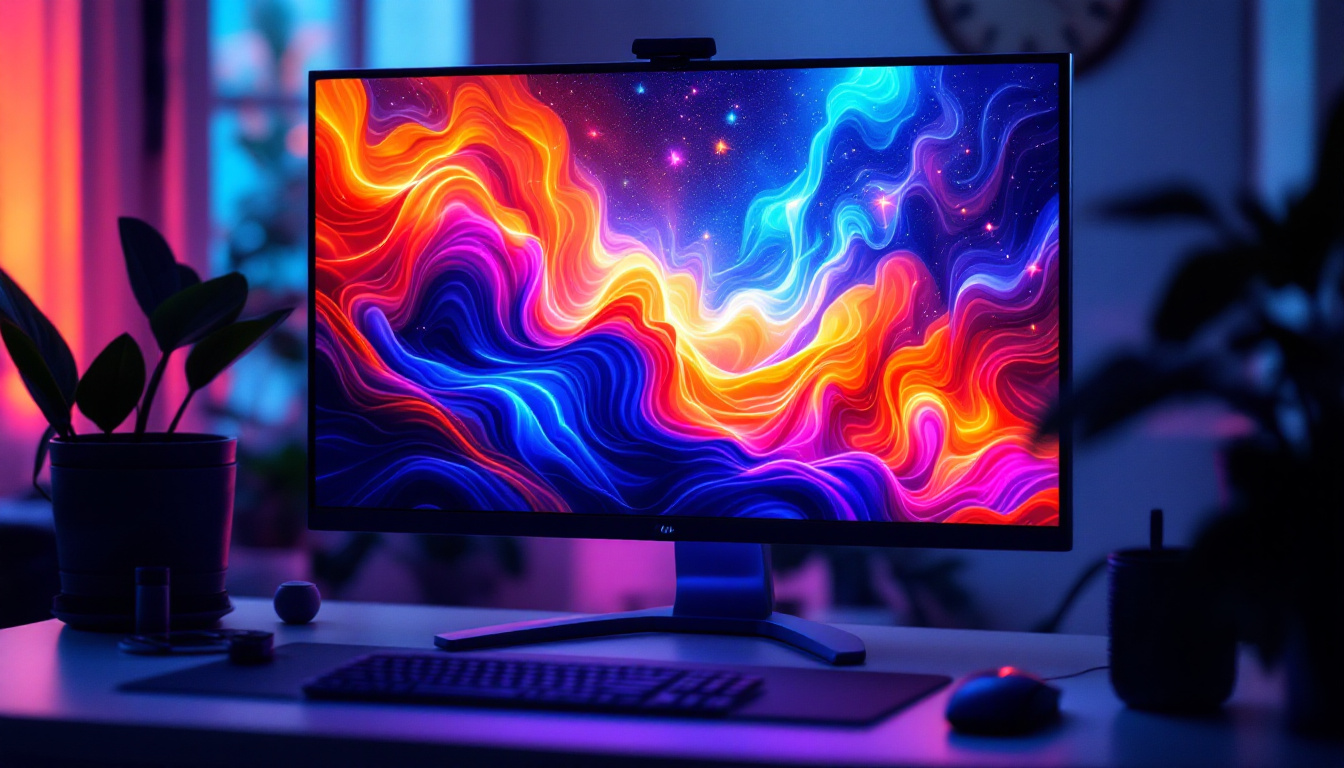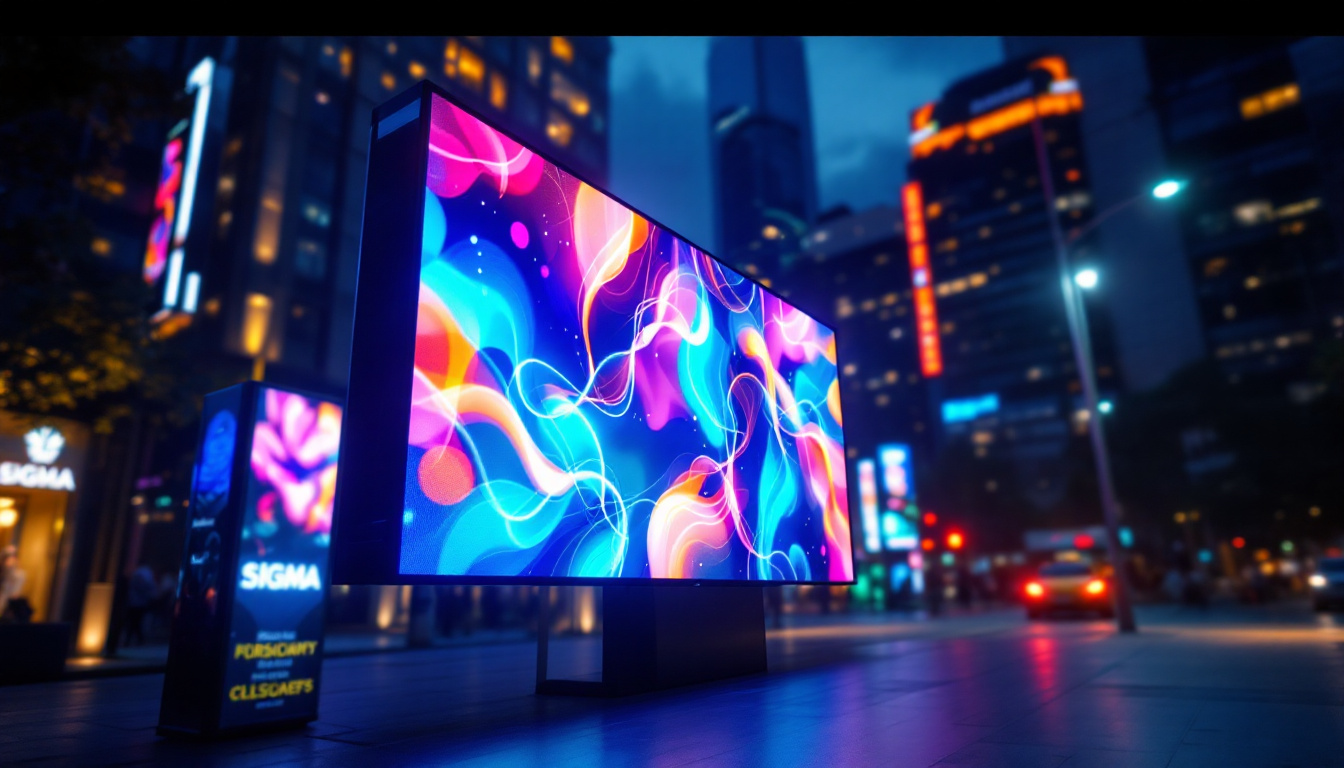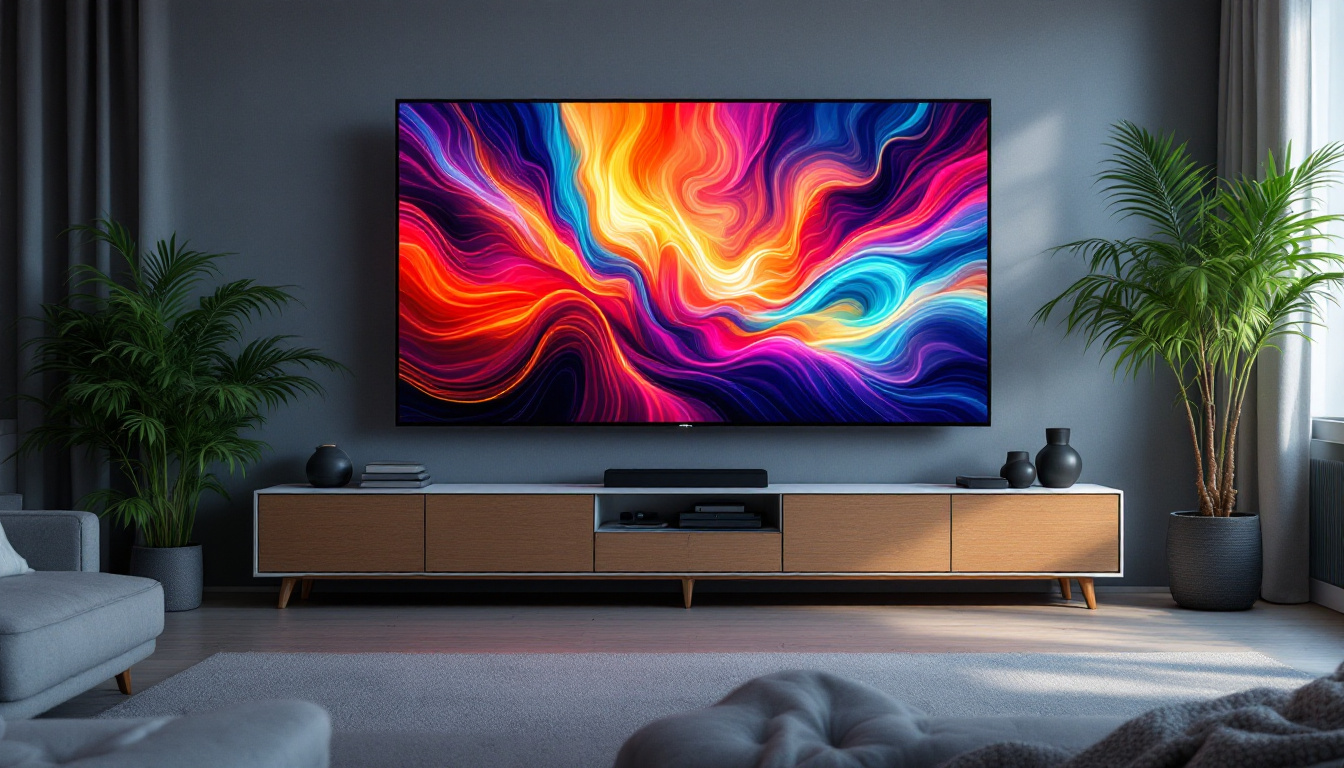In the ever-evolving landscape of television technology, LED displays have emerged as a frontrunner, captivating audiences with their vibrant colors and superior performance. This article delves into the intricacies of LED displays, exploring their benefits, types, and the technology behind them.
Understanding LED Technology
LED, or Light Emitting Diode, technology has revolutionized the way visuals are presented on screens. Unlike traditional display technologies, LEDs utilize semiconductor materials to emit light when an electric current passes through them. This fundamental principle allows for more efficient energy consumption and enhanced brightness.
The efficiency of LED technology not only contributes to lower energy bills but also extends the lifespan of the displays. Many LED screens can last over 50,000 hours, making them a sustainable choice for both consumers and businesses. This longevity is particularly beneficial in commercial settings, where the cost of frequent replacements can be a significant factor in budgeting and planning.
The Basics of LED Displays
At its core, an LED display consists of a matrix of tiny LED lights that work together to create images. These displays can be categorized into two main types: direct-view and backlit. Direct-view LED displays consist of individual LEDs that form the entire screen, while backlit displays use LEDs to illuminate an LCD panel.
Direct-view LED displays are known for their exceptional brightness and color accuracy, making them ideal for outdoor advertising and large venues. On the other hand, backlit displays are commonly found in televisions and computer monitors, providing a balance between quality and cost. The choice between these types often depends on the intended use; for example, direct-view displays are favored in environments with high ambient light, while backlit displays are preferred for home entertainment systems where a more controlled lighting environment is available.
Advantages of LED Displays
One of the most significant advantages of LED displays is their ability to produce stunning visuals. The brightness and contrast levels of LED screens often surpass those of traditional LCD and plasma displays, resulting in a more immersive viewing experience. This capability is particularly advantageous in applications such as gaming and film, where vivid colors and deep blacks can dramatically enhance the overall experience.
Additionally, LED displays are more energy-efficient, which is particularly important in settings where screens are used for extended periods. This efficiency translates to lower operational costs and a reduced environmental footprint. Furthermore, the reduced heat output of LED displays means that they require less cooling, which can lead to additional savings in energy consumption. As technology continues to evolve, innovations such as organic LEDs (OLEDs) are also emerging, promising even greater advancements in display quality and efficiency, further pushing the boundaries of what is possible in visual technology.
Types of LED Displays
LED displays come in various forms, each tailored to specific applications and environments. Understanding the different types can help consumers and businesses make informed decisions based on their needs.
Standard LED Displays
Standard LED displays are the most common type, often found in home televisions and computer monitors. These displays use a backlight system consisting of LED lights to illuminate the LCD panel. They offer excellent color reproduction and are suitable for general viewing purposes.
Standard LED displays are versatile and can be used in various settings, from living rooms to offices. Their affordability and widespread availability make them a popular choice among consumers. Additionally, advancements in technology have led to thinner and lighter designs, making it easier for users to mount them on walls or transport them. Many standard LED displays now come equipped with smart features, allowing users to stream content directly from the internet, access apps, and even control their viewing experience through voice commands.
OLED vs. QLED
While both OLED (Organic Light Emitting Diode) and QLED (Quantum Dot LED) displays utilize LED technology, they differ significantly in their construction and performance. OLED displays feature self-emissive pixels, meaning each pixel generates its own light. This results in deeper blacks and a wider color gamut.
Conversely, QLED displays use quantum dots to enhance the brightness and color of the backlight. While they offer impressive brightness levels, they may not achieve the same black levels as OLEDs. Understanding these differences is crucial for consumers looking to invest in high-quality displays. Furthermore, OLED technology is often praised for its energy efficiency, as it consumes less power when displaying darker images, while QLED displays shine in brightly lit environments due to their superior brightness capabilities. This makes the choice between OLED and QLED highly dependent on the viewing conditions and personal preferences of the user.
Outdoor LED Displays
Outdoor LED displays are designed to withstand harsh weather conditions while delivering high visibility. These displays are often used for advertising billboards, sports arenas, and public events. They are built with durable materials and feature higher brightness levels to combat sunlight glare.
Moreover, outdoor LED displays can be customized in size and shape, making them a flexible option for various applications. Their ability to capture attention makes them an effective marketing tool for businesses. In addition to their visual appeal, many outdoor LED displays come equipped with advanced technology such as remote monitoring and control systems, allowing operators to update content in real-time and ensure optimal performance. This capability is especially beneficial for dynamic advertising campaigns that require frequent updates or for event organizers who need to relay important information to large crowds. As cities continue to evolve and embrace digital signage, outdoor LED displays are becoming an integral part of urban landscapes, enhancing communication and engagement in public spaces.
LED Display Technology Explained
The technology behind LED displays is complex yet fascinating. Understanding how these displays work can provide insights into their performance and capabilities.
Pixel Composition
Each LED display is composed of thousands, if not millions, of tiny pixels. Each pixel typically consists of three sub-pixels: red, green, and blue (RGB). By varying the intensity of these colors, a wide range of colors can be produced, allowing for rich and vibrant images.
The resolution of an LED display is determined by the number of pixels it contains. Higher resolutions yield sharper images, making them ideal for applications where detail is crucial, such as gaming or professional video editing.
Refresh Rates and Response Times
Refresh rates and response times are critical factors that influence the performance of LED displays. The refresh rate, measured in hertz (Hz), indicates how many times per second the display refreshes the image. Higher refresh rates result in smoother motion, which is particularly important for fast-paced content like sports or action movies.
Response time, on the other hand, measures how quickly a pixel can change from one color to another. A lower response time reduces motion blur, enhancing the viewing experience during dynamic scenes. For gamers and movie enthusiasts, these specifications are essential when selecting a display.
Applications of LED Displays
LED displays have found their way into numerous applications across various industries. Their versatility and superior performance make them suitable for a wide range of uses.
Home Entertainment
In the realm of home entertainment, LED displays have become the standard choice for televisions. Their ability to deliver stunning visuals and vibrant colors enhances the viewing experience for movies, television shows, and gaming.
Advanced features such as smart technology integration, 4K resolution, and HDR (High Dynamic Range) support further elevate the performance of LED televisions, making them a popular choice for consumers seeking high-quality home entertainment solutions.
Commercial Use
Businesses leverage LED displays for advertising and promotional purposes. Digital signage powered by LED technology allows companies to display dynamic content that can be easily updated. This adaptability makes LED displays an effective marketing tool, capturing the attention of potential customers.
From retail stores to corporate offices, LED displays are used to convey messages, showcase products, and enhance brand visibility. Their eye-catching nature and flexibility make them a valuable asset in the competitive business landscape.
Events and Venues
LED displays are a staple in event production and large venues. Concerts, sports events, and conferences often utilize large-scale LED screens to engage audiences and provide essential information. These displays can be customized in size and shape, allowing for creative installations that enhance the overall experience.
The ability to deliver high-quality visuals in various lighting conditions makes LED displays ideal for outdoor events, ensuring that audiences can enjoy the content, regardless of the environment.
Future Trends in LED Display Technology
The future of LED display technology looks promising, with continuous advancements paving the way for even more innovative solutions. Several trends are emerging that are likely to shape the industry in the coming years.
MicroLED Technology
MicroLED technology is gaining traction as a potential game-changer in the display market. Unlike traditional LED displays, MicroLEDs consist of tiny individual LEDs that can be placed closer together, resulting in higher resolutions and improved color accuracy.
This technology also offers the advantage of modularity, allowing users to create custom screen sizes and shapes. As MicroLED technology matures, it may redefine the possibilities for both consumer and commercial displays.
Flexible Displays
Flexible LED displays are another exciting trend, enabling screens to be curved or shaped to fit unique environments. This adaptability opens up new avenues for creative installations in retail, advertising, and architecture.
As manufacturers continue to innovate, flexible displays may become more mainstream, allowing for visually stunning designs that were previously unimaginable.
Increased Integration with Smart Technology
The integration of LED displays with smart technology is set to enhance user experiences further. With the rise of IoT (Internet of Things), LED displays can be connected to various devices, enabling seamless content sharing and interaction.
This connectivity allows for personalized experiences, where users can tailor content to their preferences, making LED displays not just a viewing medium but an interactive platform.
Conclusion
LED displays have undoubtedly transformed the way visuals are presented, offering a blend of performance, efficiency, and versatility. As technology continues to advance, the potential applications and capabilities of LED displays will only expand, making them an integral part of modern life.
Whether for home entertainment, commercial use, or large-scale events, LED displays provide solutions that meet the diverse needs of consumers and businesses alike. As the industry evolves, staying informed about the latest trends and technologies will be essential for making the best choices in display solutions.
Discover LumenMatrix’s Innovative LED Displays
Ready to experience the future of visual technology with LED displays that redefine clarity, color, and performance? LumenMatrix is at the forefront of LED display innovation, offering a wide range of solutions tailored to your unique needs. From Indoor and Outdoor LED Wall Displays to specialized options like Vehicle, Sports, and Floor LED Displays, LumenMatrix has the perfect solution to elevate your visual communication. Embrace the power of Custom, All-in-One, and Transparent LED Displays to create unforgettable experiences and engage your audience like never before. Check out LumenMatrix LED Display Solutions today and transform the way you share your message with the world.

